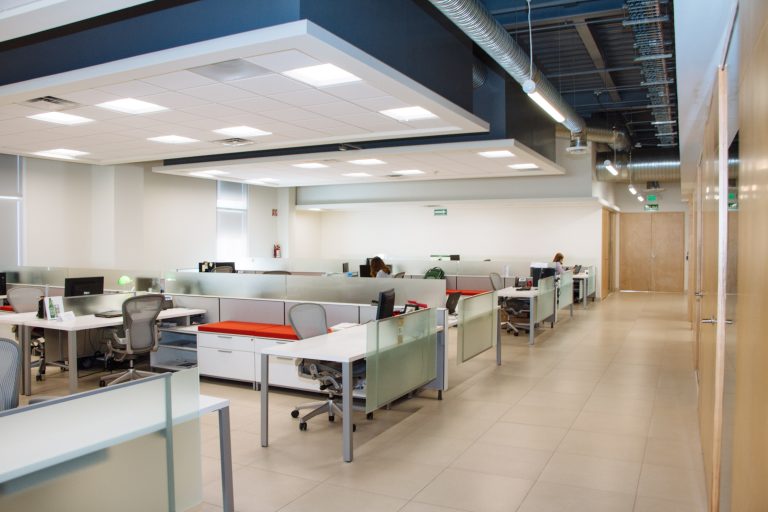SPACE AUDIT
HVAC costs represent a large percentage of most campuses’ energy use and presents an opportunity for reducing their carbon footprint. SRT Labs will temporarily install occupancy sensors and review data from existing systems to provide recommendations on optimizing expenditures on heating and cooling in the form of micro-adjustments to HVAC settings. These changes on smaller time or space scales than are currently implemented by the facility BAS in order to control climate only in the HVAC zones where occupants are located.
SRT’s work in integrated software systems is making the automation of micro-level climate control attainable. Logic-based automation tied to class schedules or occupancy sensors can reduce staff time required to make these adjustments by hand and minimizes complaints from users.
Gain Valuable Insights
Determine opportunities for reducing energy consumption by aligning Building Automation Systems (BAS) operations with occupancy.
Understand Usage Patterns
By quantifying the use of spaces from offices to conference rooms to break rooms, see how much time is spent heating/cooling empty rooms.
Reduce Your Carbon Footprint
Identify optimizations to provide energy savings with tailored comfort settings for individual spaces based on their usage.
Bridging the Digital-Physical Divide
Once the M1 Platform is deployed for HVAC optimization, you can layer in more hardware and software, allowing you to centralize, monitor, and analyze data from systems across your campus.
Occupancy Sensors
Connect occupancy sensors to our ecosystem for automation and analysis of the data.
Trash Can Sensors
Optimize custodial resources by tracking actual usage of spaces, only deploying staff when needed.
Outdoor Lighting
Monitor and control settings, with the ability to automatically align lighting with scheduled events.
Air Quality
Track metrics including CO₂, particulate matter, and humidity for health and safety.
Water Usage
Track flow rates and total usage, as well as metrics including temperature, pH, and conductivity.
Transit Systems
Track vehicles on the map-based dashboard, and analyze usage over time and space.
Build an Ecosystem! Choose From
How Do I Get Started?
Get familiar with your building management data analysis priorities.
This could include integrating existing room reservation systems with building automation systems, and/or layering in occupancy sensors for tailored HVAC adjustments.
Identify your local advocates & stakeholders.
We guide your teams in facilities management, sustainability, and energy management offices to reach a set of agreed upon goals and focused, measurable initiatives that can be effectively communicated with your campus.
Determine your most likely avenues for funding smart campus initiatives.
We guide discussions to align funding opportunities, ongoing projects, urgent needs, and resident interests with projects that balance sustainability goals with occupant comfort.
Get in touch for a free class schedule assessment.

